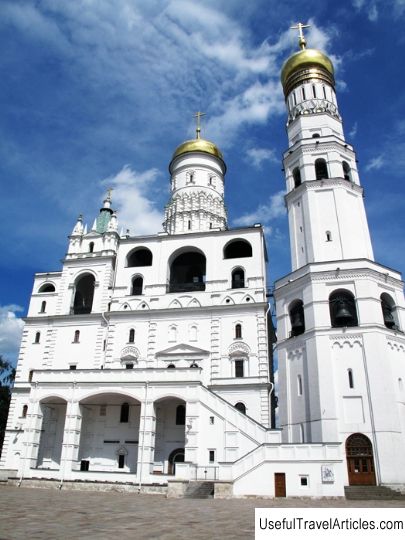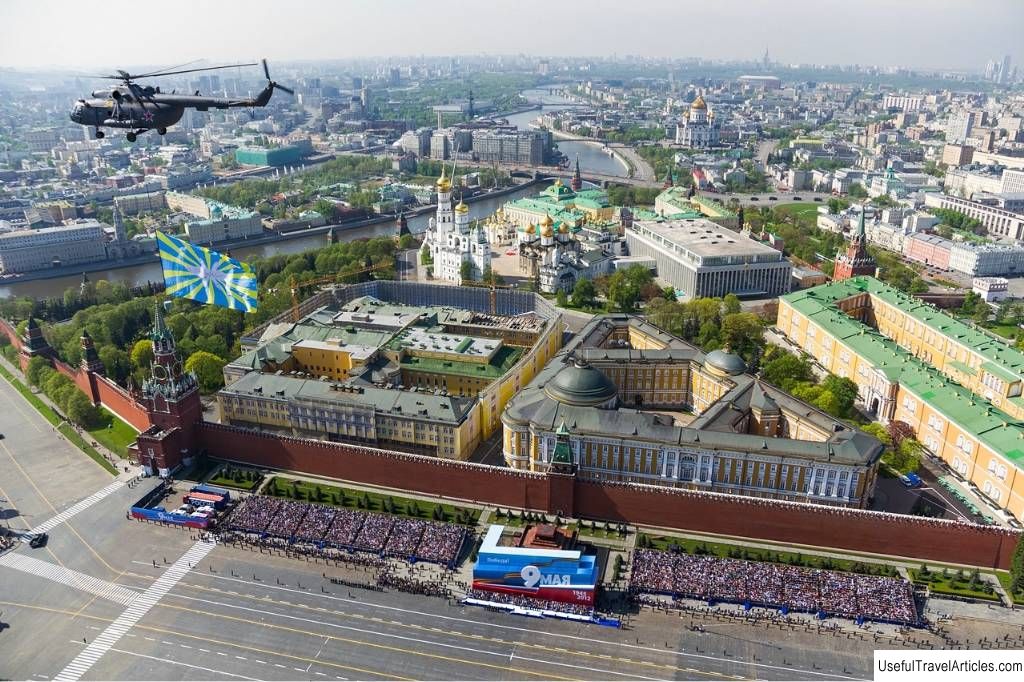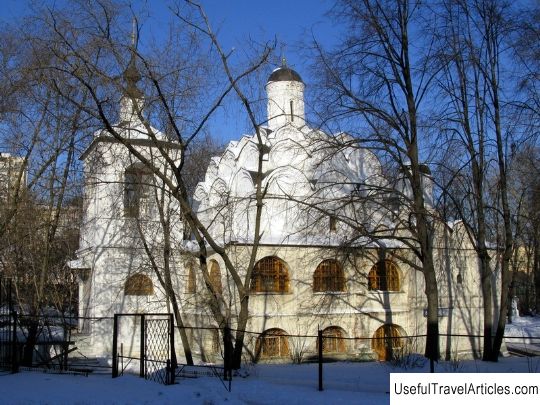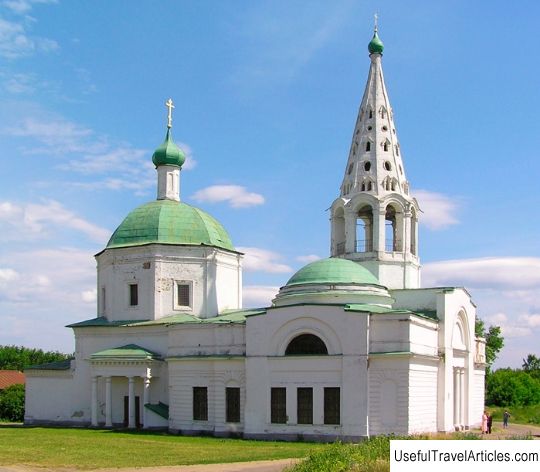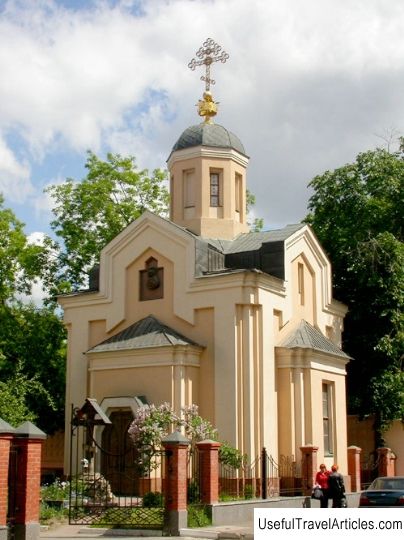Patriarchal Chambers with the Church of the Twelve Apostles in the Kremlin description and photos - Russia - Moscow: Moscow
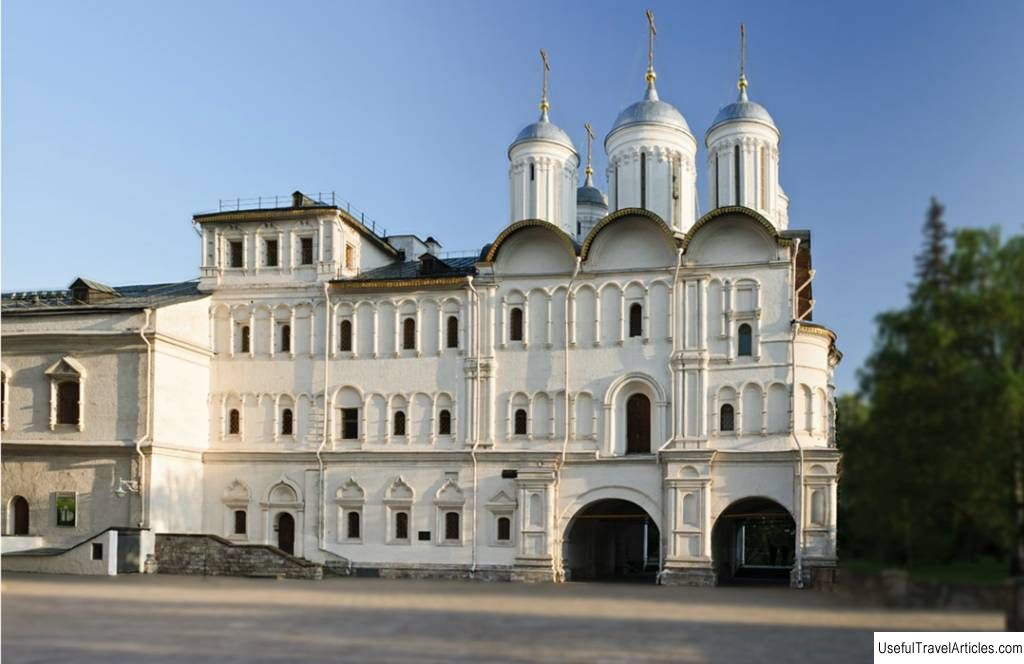
Patriarchal Chambers with the Church of the Twelve Apostles in the Kremlin description and photos - Russia - Moscow: Moscow. Detailed information about the attraction. Description, photos and a map showing the nearest significant objects. Photo and descriptionMoscow metropolitans traditionally lived in the chambers on Cathedral Square of the Moscow Kremlin north of the Assumption Cathedral, and after 1589 - patriarchs . In the first half of the 17th century, by order of Patriarch Nikon , a complex of buildings was built in the Kremlin, replacing the former residence of the bishop - the primate of the Orthodox Church, destroyed during the Time of Troubles. Today, the Patriarchal Chambers and the Church of the Twelve Apostles occupy a worthy place in the list of the most significant architectural monuments of the capital of the Russian Federation. History of constructionThe first chambers for the Metropolitan, built from stone, appeared in the Moscow Kremlin in 1450 . They were meant for Metropolitan Jonah , by whose order the Church of the Deposition of the Robe was erected next to the residence. The temple was intended for the Moscow metropolitans and began to serve as their home church. The fires that often raged in Moscow in the 17th-18th centuries led to the fact that many buildings were destroyed by fire almost to the ground. The metropolitan chambers first burned down to the ground in 1473. Then both the temple and the courtyard perished in the fire. They were rebuilt anew ten years later, when the Church was already headed by Metropolitan Gerontius . A new fire broke out almost immediately, and in 1493 the metropolitan chambers were again badly damaged. In the middle of the 16th century, another temple was added to the residence, consecrated in honor of the Solovetsky miracle workers. In 1589, the Moscow Patriarchate was established, and the first Patriarch Job ordered to renew the residence. The chambers were partially rebuilt, and from the north the church of the Three Saints of Moscow Peter, Alexy and Jonah was added to them. Now the patriarchal court was an imposing complex of buildings with mansions and three home churches. The Time of Troubles and the fire of 1626 almost completely destroyed the residence of the Moscow patriarchs. It took a lot of money to rebuild the mansions and churches. The money was donated by Patriarch Filaret - the father of Mikhail Romanov and a prominent church and political figure during the Time of Troubles. The Patriarchal Court was restored in its former form, and by the middle of the 17th century it was rebuilt again already by the order of Patriarch Joseph . Each new owner of the Patriarch's Chambers started his own reconstruction and renovation of the residence. Nikon also did not stand aside, and in the 50s of the 17th century the ensemble on Cathedral Square underwent changes again. The architects dismantled the church of the Solovetsky miracle workers and other buildings and erected in their place a house church and a three-story residence of the patriarch. The ceremonial Cross Chamber impressed with its unusual architectural design: its closed vault with an area of 280 sq. m. was installed on the stripping, while the central pillar was absent. Church chapters were covered with gilded copper sheets. The temple was consecrated in honor of the Apostle Philip . Soon the power-hungry patriarch paid the price for his pride. His opponents, condemning Nikon, cited the Patriarchal Chambers as an example of his desire to equalize in rights with the sovereign himself. The church was re-consecrated and slightly rebuilt in the 80s of the 17th century. Then the temple was named in honor of the Twelve Apostles , and from now on all patriarchal services were held in it, except for the most solemn ones on great holidays. XVIII-XX centuries In 1721, the institution of the patriarchate was abolished in Russia, and the Moscow Synodal Office was located in the former residence . Under the vaults of the Church of the Twelve Apostles, the upper floor was equipped, which was given as a library. From the destroyed church of the Three Saints in 1760, the oven for the preparation of peace was moved to the Cross Chamber. The chamber was renamed to Mirovanny , and during the 18th century it was repaired more than once. Shelling during the 1917 armed uprising damaged the architectural complex of the Patriarch's Chambers and the Church of the Twelve Apostles. The buildings were restored by restorers from the group of the artist I. Grabar, who were engaged in the reconstruction and repair of objects on the territory of the Moscow Kremlin. As a museum , the Patriarch's Chambers have been operating since 1961. The permanent exhibition was first presented to visitors in 1967. What to see in the chambers and the temple The front facade of the Patriarch's Chambers faces Cathedral Square . The building has mainly three floors, but in one place the fourth tier, built on in 1791, was partially preserved, called Peter's tent . A single whole with the residence of the patriarchs is the Church of the Twelve Apostles and the gallery attached to the northern facade. Both the external decor and the interior are worthy of the attention of visitors interested in ancient Russian architecture: - Under the Church of the Twelve Apostles cut through two passable arches , decorated with pilasters. - White stone portal on the second floor testifies to the existence in the past of a bypass gallery, which could be accessed from these doors. - On the windows of the first floor keeled pediments stand out. The second and third floors are decorated with arcature belts . - A fairly noticeable cornice hangs over the first floor - a common architectural element used by Moscow builders in the 17th century. - An arched gallery of the facade of the chambers overlooking into the courtyard, decorated with patterned tiled tiles . - In former times, the interior of the church was decorated with wall paintings preserved on the drums of the heads. The frescoes date from the 17th century. - The iconostasis of the Church of the Twelve Apostles was made in the 17th century, but this is not the original iconostasis of the temple. In 1929 it was moved from the destroyed cathedral of the Ascension Monastery, which was abolished by the new authorities. Museum in the Patriarch's ChambersExposition of icons in the Church of the Twelve Apostles Most of the images exhibited in the temple were painted in the workshops of the Moscow Kremlin in the 17th century. The earliest works in the collection are the icon-cross with images of five iconographic subjects and the Old Testament Trinity with a subtle beautiful pattern and a sonorous color scheme. The portrait of the mentor Dmitry Donskoy and companion of Sergius of Radonezh Metropolitan Alexei depicts the saint praying to the Savior against the background of the Moscow Kremlin. Significant pictorial work of the late 17th century, presented in the museum of the Church of the Twelve Apostles - Crucifixion with apostolic sufferings . The icon was painted by Fyodor Rozhnov by order of Patriarch Adrian. The style in which the master worked is called Church-Scholastic Baroque. The complex iconography of the image presents the viewer the torment of Christ and the apostles, depicted around the medallion with the scene of the Crucifixion. Note:
      We also recommend reading Saint Sophia Cathedral description and photos - Russia - North-West: Veliky Novgorod Topic: Patriarchal Chambers with the Church of the Twelve Apostles in the Kremlin description and photos - Russia - Moscow: Moscow. |
